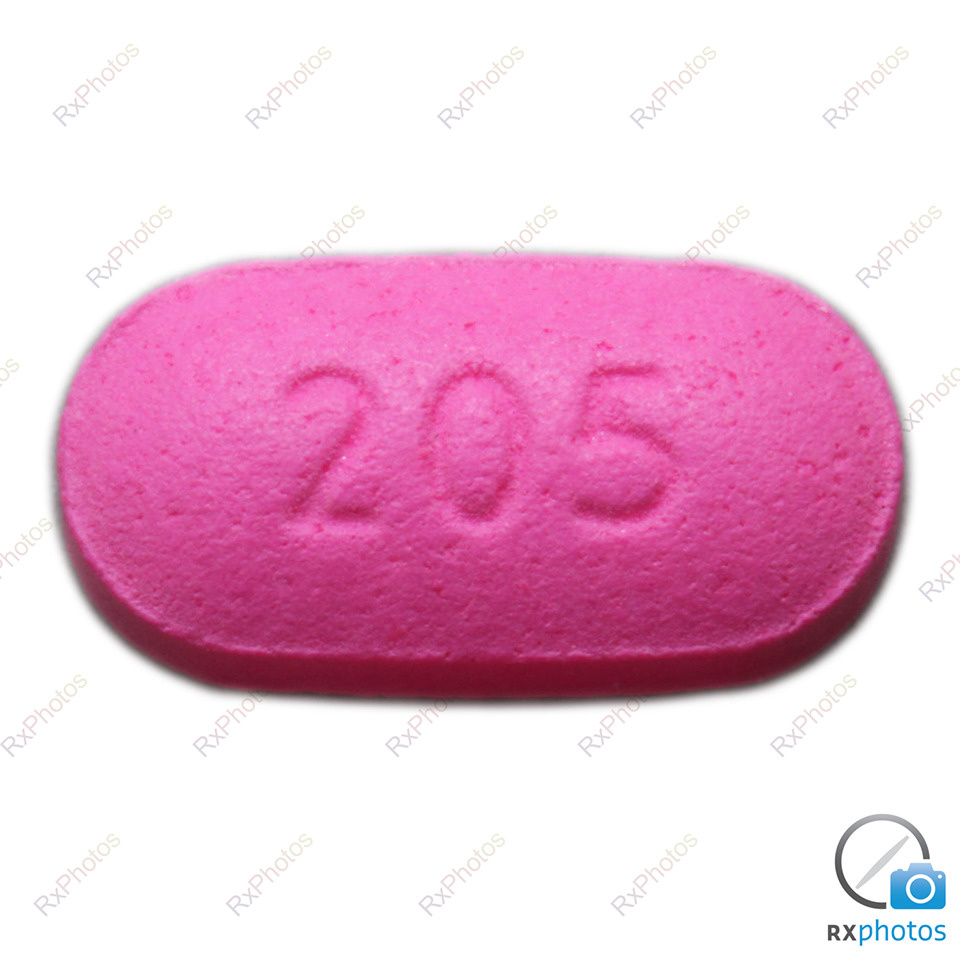
Introduction
Benadryl, a brand name for diphenhydramine, is a commonly used antihistamine in Canada and globally. It plays a crucial role in alleviating allergic symptoms, making it essential for individuals suffering from allergies. However, with new studies emerging on its safety and effectiveness, understanding Benadryl’s usage is more relevant than ever for Canadian consumers.
What is Benadryl?
Benadryl is widely known for providing relief from symptoms such as sneezing, runny nose, and itchy eyes. It is also utilized to alleviate the discomfort associated with common cold symptoms. Benadryl works by blocking histamine, a substance released by the body during allergic reactions. This makes it an effective choice for people with seasonal allergies, food allergies, or reactions to insect bites and stings.
Recent Trends and Usage Recommendations
According to Health Canada, the demand for Benadryl has surged during the allergy seasons, particularly in areas with heightened pollen counts. Recent surveys suggest that more Canadians are self-medicating with over-the-counter antihistamines like Benadryl. However, it is crucial to follow the recommended dosage to prevent side effects, which may include drowsiness, dizziness, and, in rare cases, confusion among elderly patients.
Concerns and Safety Measures
While Benadryl is effective, health professionals have raised concerns about its misuse, particularly among teenagers seeking to use antihistamines recreationally. The Canadian Paediatric Society has spoken out against giving over-the-counter medications to children without medical advice. Recent data supports these concerns, indicating a rise in emergency room visits linked to improper use. Parents are urged to consult with healthcare providers before administering Benadryl or any other medication to children.
Conclusion
The importance of understanding Benadryl’s correct usage cannot be understated, especially during high allergy seasons. With a significant number of Canadians relying on this medication, safety measures and proper dosage are critical. As conversations around the appropriateness of self-medication grow, individuals must stay informed about the risks and benefits associated with Benadryl. Looking ahead, it is essential for health authorities to continue monitoring antihistamine use and educating the public on safe medication practices.

